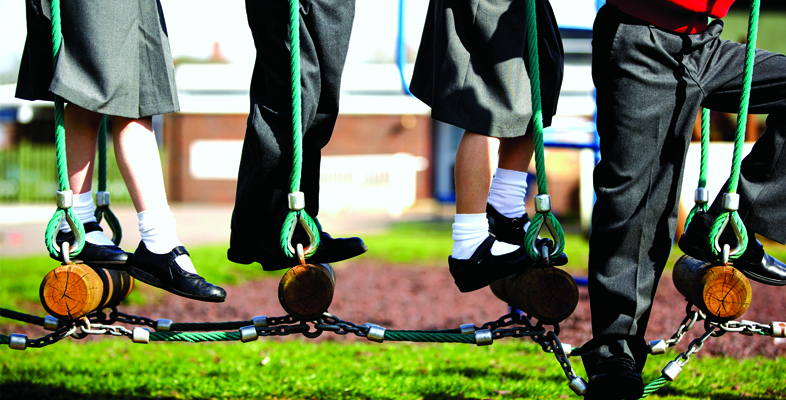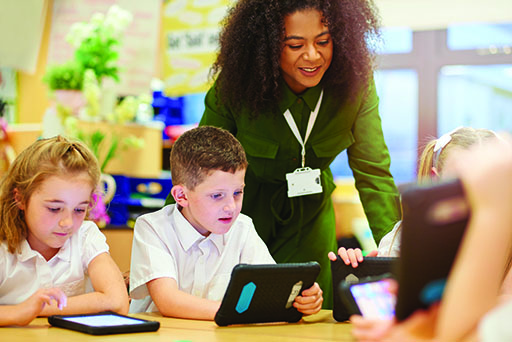2 Technology affects how children learn
Advances in technology and the internet revolution are driving a pace of change that would have been unimaginable 30 years ago. Schools are trying to balance the use of technology to develop children’s learning, and also ensure that children are prepared to engage safely and effectively with technology.
Activity 3 The digital age and children’s learning
Read this extract from the Cambridge Primary Review’s report, ‘The Digital Age and its Implications for Learning and Teaching in the Primary School’ (Burnett, 2016). The report draws on a range of research related to children’s lives in the digital age in school and beyond school.
For many children digital devices and the possibilities they enable are threaded through everyday life from the earliest days, and their early experiences and understandings are patterned by technology use... much of ‘children’s out-of-school learning is electronic and beyond the reach of either parents or teachers’ (Alexander, 2010: 269). In education, therefore, there is a need to explore the significance of the digital age not just in terms of preparing children for an uncertain future, but in ensuring they are confident, safe and discerning users of digital technologies now…
…understanding children’s lives in a digital age is a complex task, and considering the implications for primary education is fraught with tensions. On one hand there are calls to recognise the sophistication of children’s everyday uses of digital media and for much greater integration of technology in education to equip children effectively for their current and future lives. On the other hand there are anxieties about the implications of extensive screen-time and about what or whom children may encounter in digital environments that are hard to police and difficult to confine.

